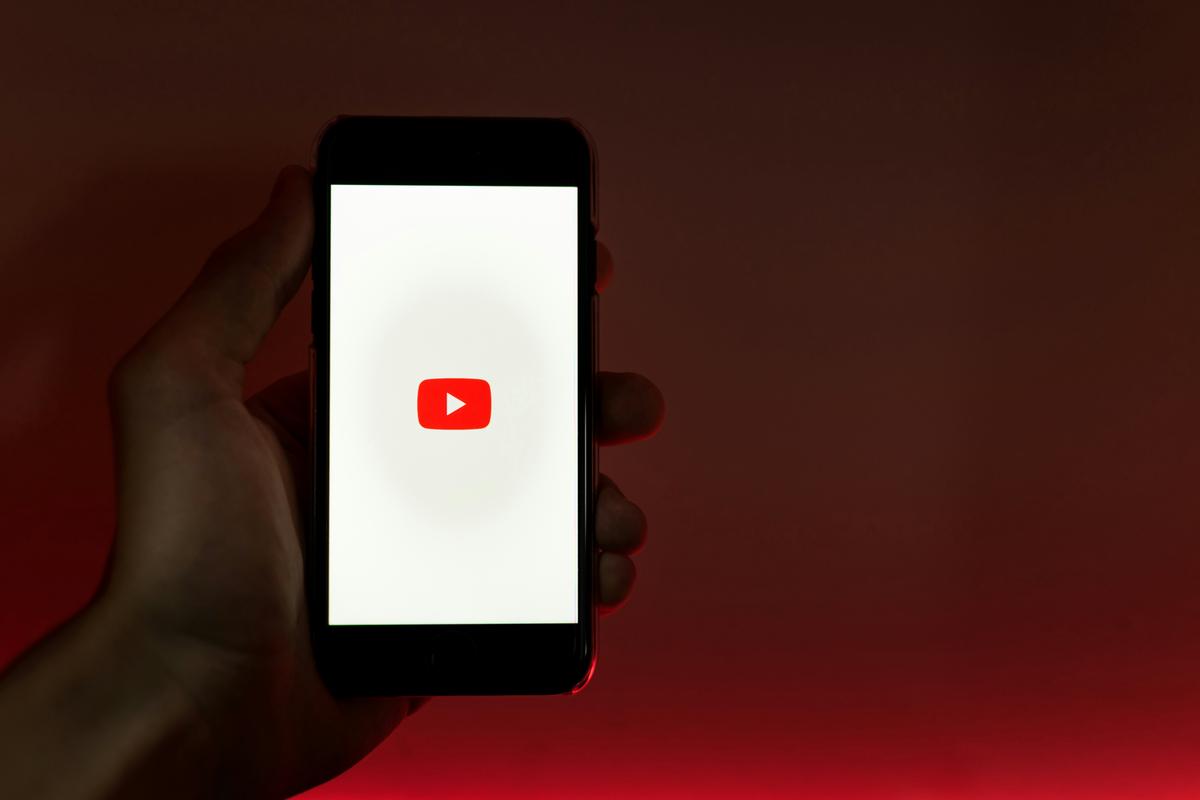Understanding Video Marketing Metrics
Views aren't the only way to gauge your video ad campaign's impact. In fact, they might be the least informative metric out there. What's more telling are the other metrics that paint a clearer picture of your ad's reach and effectiveness.
Start by looking at the Click-Through Rate (CTR). It's a straightforward metric but packs a lot of punch. The CTR is calculated by dividing the number of clicks by the number of impressions, showing how many people clicked on your ad after seeing it. A high CTR indicates that your ad was compelling enough to provoke action, making it a reliable measure of relevance and engagement.
Then there's attention span data, which gives insight into how long viewers stick around. Attention span metrics reveal the average time spent watching your ad. If viewers are dropping off early, it suggests your content isn't engaging enough or relevant to the audience. An attention span drop could mean your opening seconds need to pack more punch or your storyline should be tightened.
Video completion rates serve as another crucial marker. This metric shows the percentage of viewers who watch your ad all the way through. A high completion rate suggests that your content is engaging and resonates well with the audience. If your completion rates are low, consider revising your content to create a stronger hook and sustain interest throughout.
Lastly, you need to pay attention to engagement metrics. These include reactions, comments, shares, and clicks within the video itself. Engagement metrics help you understand how your audience is interacting with your content. More interactions typically mean a deeper connection with your message.
By focusing on these key metrics—CTR, attention span, completion rates, and engagement—you can start to draw more actionable insights from your video ads. Adjusting based on what these metrics reveal can elevate your overall campaign performance.

Analyzing Viewer Engagement and Retention
The first few seconds of your video are crucial for capturing attention and retaining viewers. You have an incredibly short window—typically around five seconds—to grab your audience's interest before they decide whether to keep watching or move on. This moment should be packed with eye-catching visuals or a strong, intriguing statement that encourages viewers to stay.
Interactive elements such as Call-To-Actions (CTAs) and end screens are vital tools for driving viewer engagement. CTAs can prompt immediate action, such as:
- Clicking a link
- Signing up for a newsletter
- Downloading a resource
Effective CTAs should be clear, direct, and aligned with your ad's purpose. Similarly, end screens can lead viewers to more content, keeping them on your channel and deepening their engagement with your brand.
When it comes to attention span data, it's essential to monitor at which point viewers tend to drop off. This data can highlight potential issues with your content's pacing or relevance at specific segments. For example, if a significant drop occurs early in the video, your opening may not be as compelling as it needs to be. Conversely, if drop-offs happen midway, it could be a signal that the content needs tightening up or lacks sustained engagement.
To improve viewer retention, consider these strategies:
- Craft a compelling narrative that keeps viewers engaged from start to finish. Storytelling, when done right, can captivate your audience and make your message more relatable and memorable.
- Use a mix of visuals, audio, and text to cater to different viewer preferences and to keep the content dynamic.
- Break longer videos into shorter segments with clear, engaging transitions can help maintain interest throughout.

Improving Ad ROI with Data-Driven Strategies
To truly capitalize on your video ad efforts, optimizing ROI through data-driven strategies is essential. While creativity and compelling content are important, it's the data that ultimately drives effective decision-making.
Start by setting clear, measurable goals for your video ad campaigns. Whether you're aiming to increase brand awareness, drive website traffic, or boost conversions, having specific objectives helps you focus your efforts and measure success accurately. Clear goals also allow you to establish relevant Key Performance Indicators (KPIs) that you can track over time.
Next, consistently track and analyze the most impactful metrics. Beyond CTR and completion rates, examine audience demographics, such as age, gender, and geographic locations. Understanding who engages with your ads and in what context provides actionable insights. For instance, if you identify that a particular demographic exhibits higher engagement, you can craft future content to resonate more effectively with that group.
Leveraging real-time data is crucial for making informed, strategic adjustments. Real-time analytics allow you to see how viewers are interacting with your ads as they happen, providing opportunities to tweak and optimize your strategy on the spot.
Dedicated video analytics platforms, like Vidyard and Wistia, offer insights into viewer behavior and engagement. These platforms go beyond basic metrics, enabling you to see where viewers are dropping off, which parts of the video they rewind, and how they interact with CTAs. By using these tools, you can gain a comprehensive understanding of how your content performs and where you can make improvements.
Ad performance software, such as Google Ads and Facebook Analytics, provide essential data on ad reach, frequency, and conversions. These tools offer detailed reports on ad spend and ROI, enabling you to allocate your budget more efficiently. They also include features like A/B testing, which allows you to test different ad variations to see which resonates best with your audience.
Another critical aspect is to use segmentation and personalization in your video campaigns. By segmenting your audience based on different criteria, you can deliver more personalized content that mirrors the interests and behaviors of each segment. This targeted approach often leads to higher engagement and better ROI.
Continuously refine your approach using insights from these tools. For example, if you identify that shorter, more dynamic videos perform better, you can adjust your content strategy accordingly. Similarly, if specific CTAs generate more clicks, prioritize those in future videos.
Integration of Video Ads in Overall Marketing Strategy
Video ads are an integral part of a holistic marketing strategy. Integrating video ads within a broader framework requires synchronization with other marketing channels, ensuring cohesive campaign messaging, and aligning efforts with overarching business objectives.
Synchronization across channels is key. Video ads should complement other elements of your marketing mix, whether it's social media, email campaigns, SEO, or PPC advertising. For instance, a video ad campaign on YouTube should be supplemented with supporting content on social media platforms like Facebook and Instagram. This enhances reach and reinforces your message through various touchpoints, creating a seamless brand experience.1
Having a cohesive campaign messaging is crucial. Your video ads must reflect the same narrative and branding as your other marketing materials to ensure consistency. A fragmented message can confuse your audience and dilute your campaign's impact. Whether your focus is storytelling, showcasing product benefits, or sharing customer testimonials, the central theme should resonate across all channels, adding depth and credibility to your campaign.2
Aligning video ad efforts with business objectives is another vital aspect. Each video ad should serve a purpose that ties back to your overall business goals, whether it's driving awareness, generating leads, or boosting sales. This alignment ensures that resources are efficiently utilized and that the campaign contributes meaningfully to your business metrics.
Utilizing advanced tools to ensure synchronization and alignment can be highly beneficial. Platforms like HubSpot and Marketo allow you to integrate video efforts with email marketing, social media, and CRM systems, providing a unified view of campaign performance. This integration helps maintain consistency in messaging and ensures that all marketing efforts are pulling in the same direction.
Continuously evaluate the performance of your video ads within the context of your overall marketing strategy. Look at how these ads contribute to broader KPIs such as brand awareness, lead generation, and customer retention. Adjust your strategies based on real-time feedback and data insights to keep your campaigns aligned with your evolving business goals.

- Lee CS, Ma L. News sharing in social media: The effect of gratifications and prior experience. Computers in Human Behavior. 2012;28(2):331-339.
- Zarantonello L, Schmitt BH, Jedidi K. How to advertise and build brand knowledge globally: Comparing television advertising appeals across developed and emerging economies. Journal of Advertising Research. 2014;54(4):420-434.


